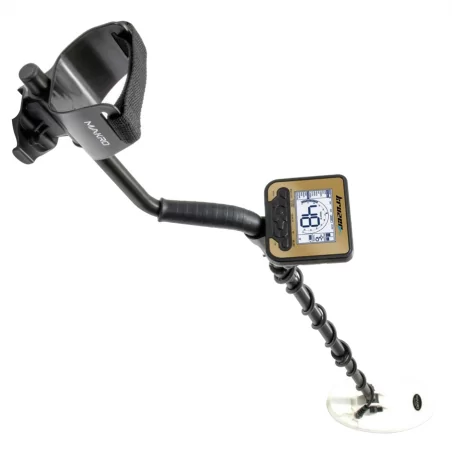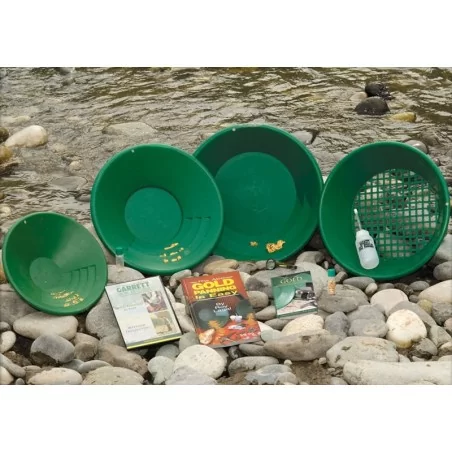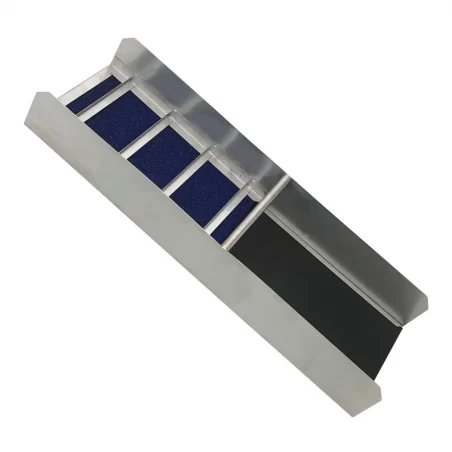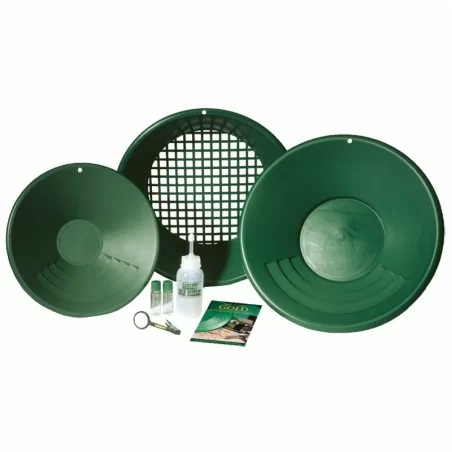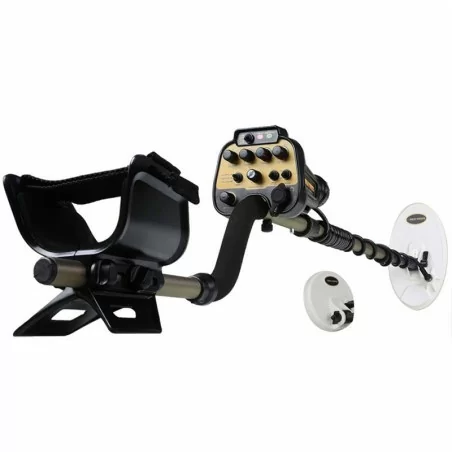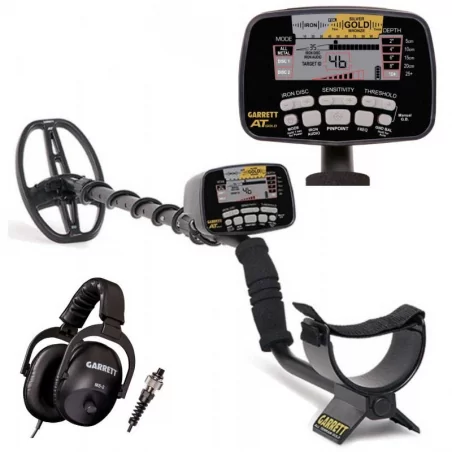The search for gold (also called Gold Prospecting) is certainly one of the oldest human activities in the world.
The "Yellow Metal" is in fact one of the most desired natural elements, both for its intrinsic economic value, but also for its beauty and its symbolic value.
Being part of the so-called Noble Metals, it is in fact one of the few natural elements that do not oxidize in contact with air, thus maintaining its splendid shine even for millennia.
Its malleability and ease of processing have made it the perfect metal for the realization of refined jewels and other artifacts of enormous artistic value. Think that with a single gram of gold you can make a very thin foil large 100x100 cm or a 1 kilometer long wire!
Continues...
Gold Kruzer metal detector
Gold Pan Kit Deluxe
But in what form is it found in nature?
And what are the best methods to have any chance to find and extracting it?
Usually gold is found in the form of grains, or very small nuggets, in what are commonly called "flakes" or in more or less aggregated mineral form.
Leaving aside the mineral form, in Italy the places where it is easier to find some small nugget, bow or grain are certainly along some rivers, especially in the North.
Dragged by the current, it sometimes nests along the bends of rivers, often settling in correspondence of black sands.
What are the most used tools for gold search?
Surely the oldest and most traditional method is that of pan and sieve.
In essence, it is a matter of digging and taking the soil from the points where the gold will most likely have been deposited, and first passing it through a sieve to discard the stones and other debris. Subsequently, thanks to the use of the pan, a sort of bowl made specifically for prospecting, we will move on to the "washing" with water of this excavation soil, in order to eliminate all the soil, the crushed stone and the sands and if you are lucky, maybe you will be able to find some small nugget, grains or flakes that, by force of gravity, they have settled on the bottom.
This manual method naturally requires a lot of commitment and work on the part of the prospector, a deep knowledge of the territory and certainly also a lot of luck.
Continues...
Gold Pan Kit
To facilitate the screening and sieving process, so-called "bankers" have also been created, to be used right where the river water flows and equipped with a special bottom capable of retaining dust and others very small pieces of gold.
And what about "electronic" prospecting?
For some years now, even in Italy, many gold diggers have begun to combine manual methods with research with metal detectors.
The most suitable models are those with VLF technology, which work at high or very high frequencies, starting from 18 kHz up to over 60 kHz.
The higher the frequency of the metal detector, the more sensitive the instrument will be to microscopic objects with low electrical conductivity.
Equally important will be the ability of the metal detector to ground balance, or to counteract the disturbances introduced by mineralization, especially the ferrous one present in black sands.
In this regard, metal detectors with Pulse Induction technology are increasingly used, based on high-energy pulses, which are certainly less disturbed by ferrous mineralization even if they do not have a capacity to discriminate against non-noble metals like that of VLF models.
Follow our advice
Garrett AT GOLD
Our advice, for those who decide to embark on this fantastic adventure, is to use the 2 methods in a synergistic way:
- Manual search method
- Search with metal detector specifically for gold
With the metal detector it will be easier to identify potentially gold areas and then carry out a more meticulous and productive research with:
- Pans
- Sieve
- Bankers

